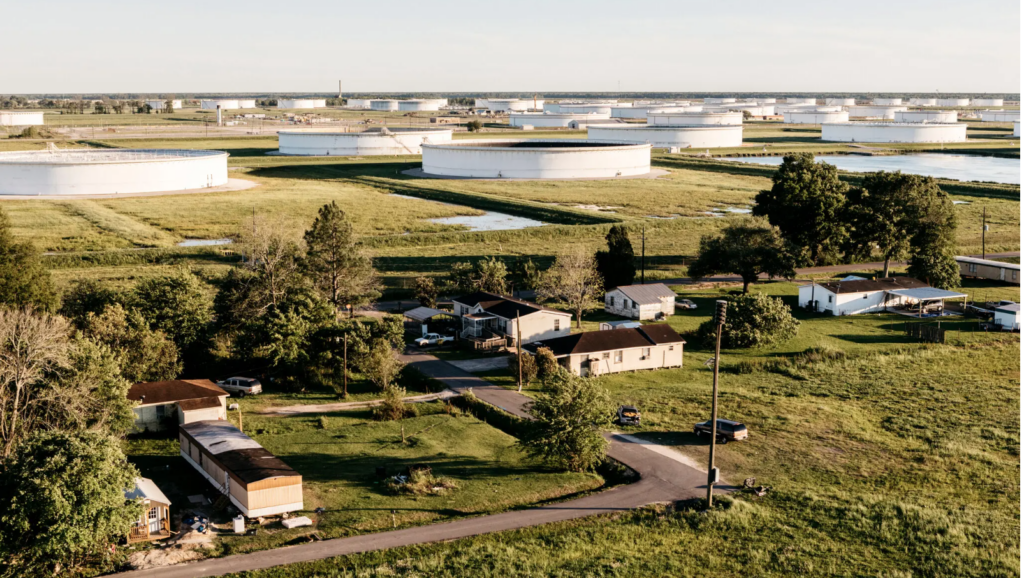
There is overwhelming evidence that people of color, and Black communities in particular, are disproportionately exposed to harmful air pollutants. The NYTimes recently highlighted a study, conducted by a team of researchers from the Harvard T.H. Chan School of Public Health and led by Professor Francesca Dominici, which examines how the benefits of stricter limits for the maximum amount of fine particulate matter in outdoor air would be distributed across American society. The study published in The New England Journal of Medicine, found that tightening the limit on fine particulate matter by 4 micrograms per cubic meter of air would result in a 4 percent reduction in the mortality rate for higher-income white adults while resulting in a reduction of 6 percent to 7 percent for higher-income Black adults, lower-income white adults and lower-income Black adults. According to Dominici, “We need to look at the intersection of race and socioeconomic status to really understand how structural racism, differences in access to health care, and economic disparity play a role.” The new research could inform a crucial Environmental Protection Agency decision to tighten limits on fine particulate matter, including soot, which can come from construction sites, smokestacks, diesel trucks, power plants and other industrial activity. For more on the article and related research, check out the article in the NYTimes.



